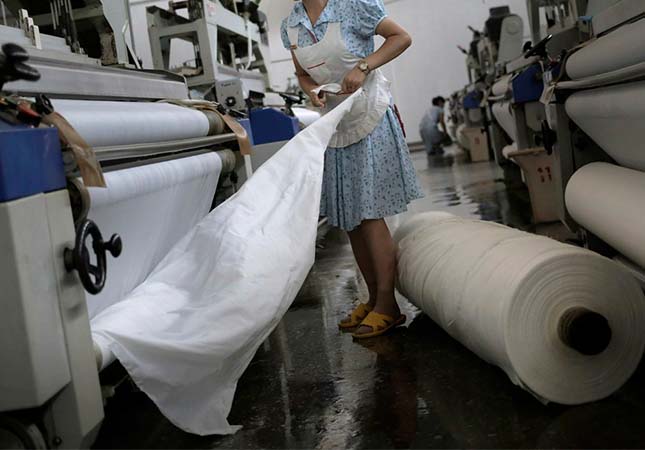India and Bangladesh have lots of advantages to develop the textile industry, as the textile industry is a significant sector in both India and Bangladesh, contributing significantly to their respective economies.
Advantages of Developing the Textile Industry in Bangladesh and India
Compared to other countries, the India and Bangladesh have some special features to develop the textile industry. Here are some of the advantages:
India:
1. Large workforce
India is a large country with a large population, and the textile industry is a significant source of employment, particularly in rural areas.
2. Rich history
India has a rich history of textile manufacturing, with traditional handicrafts such as hand loom weaving and embroidery still playing a significant role in the industry.
3. Diverse range of products:
India produces a wide range of textiles, including cotton, silk, wool, and synthetic fibers, which allows for flexibility in meeting the demands of global markets.
4. Low labor costs
Labor costs in India are relatively low compared to developed countries, making it a cost-effective location for textile manufacturing.
Bangladesh:
1. Competitive labor costs
Labor costs in Bangladesh are even lower than in India, making it an attractive location for textile manufacturing.
2. Large pool of workers
The country has a large pool of unskilled workers, which is well-suited for the labor-intensive textile industry.
3. Proximity to major markets
Bangladesh is strategically located near major textile markets such as Europe and the Middle East, making it easier to export products.
4. Government support
The government has implemented several policies to promote the development of the sector, such as tax incentives and the establishment of export processing zones.

Benefits of the Textile Industry for India and Bangladesh
both India and Bangladesh have significant textile industries that are major contributors to their respective economies and sources of employment for millions of people.
India:
1. Employment
The textile mills has the largest employers in India, providing jobs for millions of people, particularly in rural areas.
2. Economic growth
The sector contributes significantly to India's GDP and is a major source of foreign exchange earnings.
3. Export earnings
India is one of the largest exporters of textiles and garments, with the sector contributing significantly to the country's export earnings.
4. Technology transfer
The textile industry has driven technological advancements in India, leading to the development of new technologies and processes that can be applied in other industries.
Bangladesh:
1. Employment
The textile industry in Bangladesh, providing jobs for millions of people, particularly women.
2. Economic growth
The sector contributes significantly to Bangladesh's GDP and is a major source of foreign exchange earnings.
3. Poverty reduction
The growth of the textile industry has contributed to poverty reduction in Bangladesh by providing job opportunities for people from low-income households.
4. Social development
The textile industry has contributed to the development of social infrastructure in Bangladesh, such as the establishment of schools, healthcare facilities, and housing for workers.
Conclusion
Overall, Bangladesh and India can offer significant advantages to the industry, meanwhile these advantages can contribute to the economic growth and development of these countries. And the the development of the textile industry benefits have contributed to the development of these countries and their people.
As one of the most wonderful textile industry machine suppliers, SUNTECH provides the textile industry machines to the Bangladesh and India, helps them to improve the efficient, decrease the labor costs. SUNTECH offers numerous types of textile machinery: visual inspection defects, fabric releasing machine, automatic packing machine, fabric measure and cutting machine, beam storage, auto packing machine etc. If you are interested in us, please contact us now!




